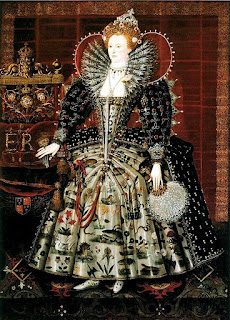WILLIAM PATERSON
My name is William Paterson I was born December 24,
1745 in County Antrim and moved to the
United States at the age of two. When I was fourteen I entered the College of
New Jersey , where I studied law with Richard Stockton. I was admitted into the
bar in 17683, a culmination of my perilous efforts I founded the Cliosphic
Society along with Aaron Burr.
I was elected as Somerset County, New Jersey
delegate for the three provincial congresses of New Jersey and as secretary I
recorded the New Jersey Constitution. I
was appointed as the first Attorney General of New Jersey serving from 1776 to
1783, I established myself as one of New Jersey’s most prominent lawyers. In 1787 I was sent to
the Philadelphia Convention where I proposed the New Jersey Plan. This plan
called for a legislative body with equal representation from each state, which
was resolved by the Great Compromise:
the Senate had equal representation for each state and the House of Representatives.


